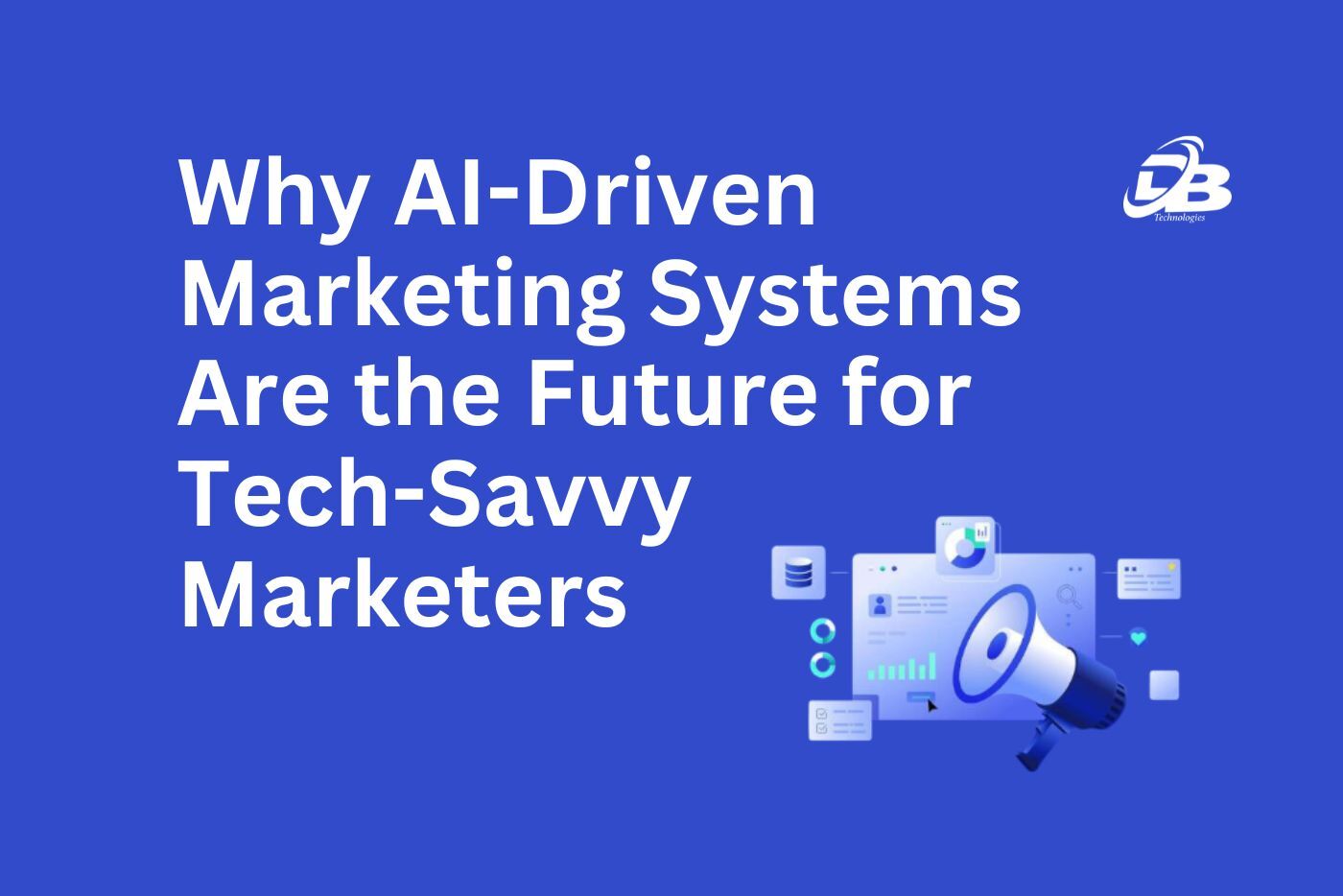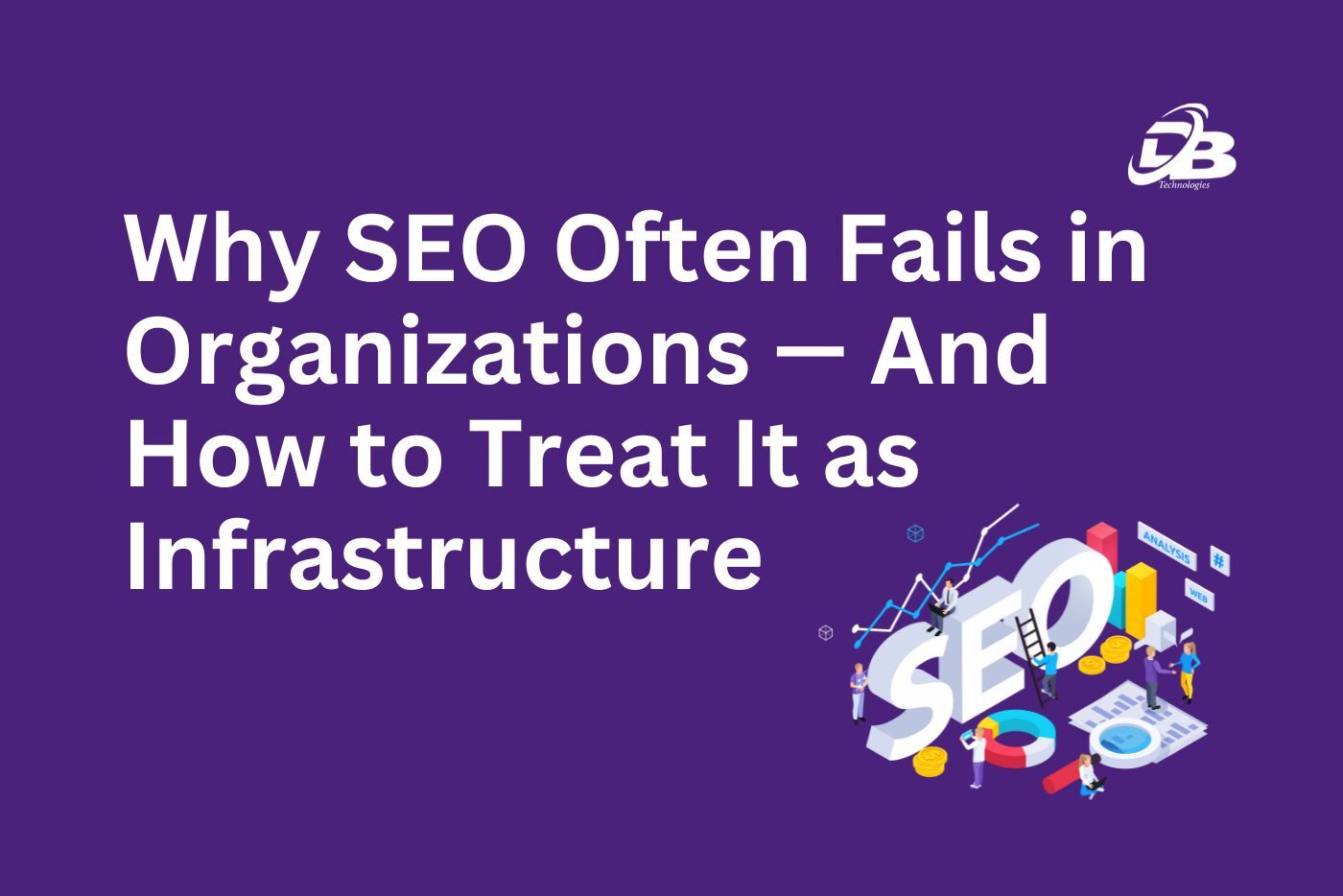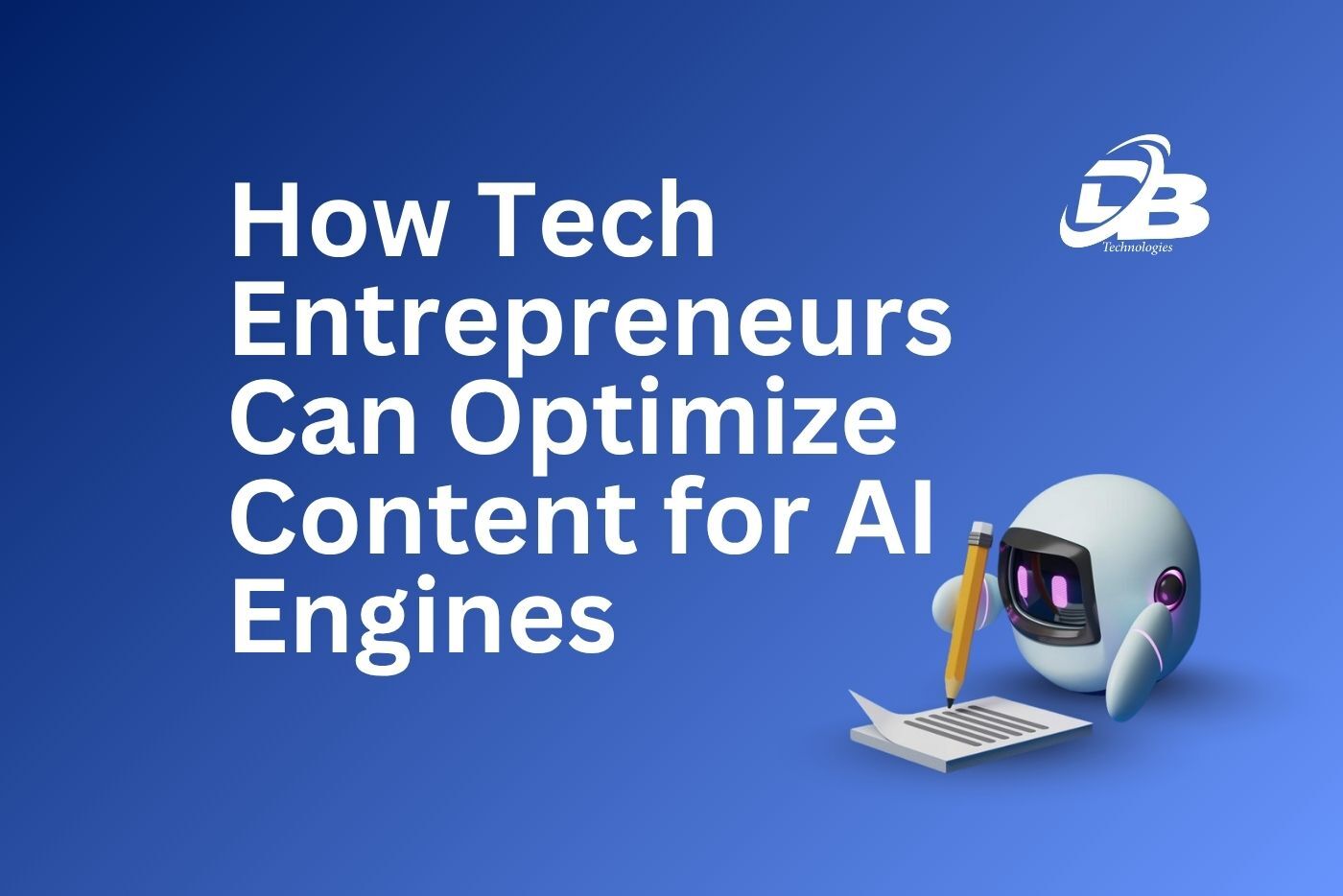
If you’re still obsessing over keyword density and backlink counts, you’re playing checkers while Google’s AI is playing 3D chess. The rollout of Google AI Overviews has flipped the SEO script.
Imagine this, 65% of searches now end without a single click. That means most users are getting the information they need straight from Google, without ever landing on a website. And if that wasn’t enough, AI Overviews now appear in 19% of desktop search results. That’s a significant shift. As a result, major publishers like Forbes and HuffPost have seen their traffic plunge by up to 40%. Painful, right?
But there’s a surprising twist, Google’s total search volume actually rose by 21% year over year, reaching a mind blowing 5 trillion queries in 2024.
So, no, the game isn’t over. It’s just playing out on a brand new field with very different rules.
What Are Google AI Overviews?
Google’s AI Overviews (formerly known as SGE, or Search Generative Experience) are AI powered summaries that appear at the top of search results. Instead of just showing links, Google now reads multiple sources, extracts key info, and gives users an instant answer.
How Do AI Overviews Work?
1) Google’s AI scans top ranking pages.
2) It pulls together the most relevant info
3) It displays a concise summary right on the SERP
Example:
Suppose you inquire how to fix a dripping tap. Rather than a lengthy list of blog posts, you would receive a concise overview with detailed guidelines.
The impact? Brutal for some. Click-through rates (CTR) for top organic results have plummeted from 7.3% down to just 2.6% on queries that feature AI Overviews. That’s a massive loss in traffic.
And with 87.6% of AI Overviews occupying the first visible position on search results, fewer users are scrolling down to see traditional web links.
Here is a catch, your site is still visible in one of these summaries, meaning you are not losing out, even if no one clicks through.
Zero Click Search
Zero click searches aren’t brand new, but AI Overviews have supercharged the trend. These are searches where users get the answers they need directly from Google, without clicking any further.
Historically, zero click content came in the form of featured snippets, those 40 to 60 word blurbs answering simple questions, knowledge panels pulled from sources like Wikipedia, or local packs featuring Google Business Profiles. Now, AI Overviews have joined the party as the most aggressive and impactful of all.
Who’s taking the biggest hit? News websites, for starters, with traffic drops of up to 40%. Ecommerce businesses are also losing out because AI now compares products directly in the search results, eliminating the need to click.
Even bloggers are experiencing a significant decrease in the number of visitors, as Google now gives a straight answer to the user, without having to go to any site.
To survive, content creators and publishers have to adapt their strategies. Instead of fighting over AI overviews, they must learn how to work alongside them.
Is Traditional SEO Dead? Not Quite
Here’s the honest truth, traditional SEO isn’t dead, but it’s not enough on its own anymore. Those tactics we used to swear by? Many are now ineffective, or worse, damaging.
Keyword stuffing? Forget about it. Google’s AI is advanced enough to understand the meaning behind words, not just the exact match. Thin, surface level content? That’s out too. AI now favors depth, nuance, and quality. And the old obsession with backlinks for the sake of backlinks?
The volume is no longer important now, it’s the credibility behind them. What definitely has not become invalid and even prospered in this new environment are the basic SEO principles based on trust and authority.
Experience, Expertise, Authoritativeness, and Trustworthiness. This framework is more important than ever. Google is interested in the fact that content is written by a knowledgeable person.
Structured content also plays an important role. If your content includes clearly organized guides, FAQs, and tables, you have a better shot at getting pulled into AI Overviews or featured snippets. And don’t overlook entity optimization—being mentioned in forums, social media, and reputable news sources sends strong trust signals to Google’s AI.
Here’s a bonus strategy: track CPS, or Clicks Per Search, rather than just search volume. For example, a high-volume keyword might have a low CPS if most users get their answer right from the search page. Look for high CPS keywords instead—ones that indicate users still need to click to get full answers.
What’s obsolete:
1) Keyword stuffing
2) Thin content
3) Backlinks at all costs
What’s thriving:
1) E-E-A-T
2) Structured content
3) Entity optimization
Five Ways to Rank in the AI Era
If you want to stay ahead, you need a new playbook. Here are five battle tested tactics that can help you navigate the AI Overviews era.
Write for Snippet Theft
The first tactic is to organize content in a way tahiti can be easily borrowed by the AI of Google or to be exact, it can be cited. Use clean format, simple language and highlight important information at the start of the website.
If you’re writing a guide, start with the summary or the steps. Use schema markup to tag FAQs, and make sure your paragraphs are short and digestible. AI is more likely to feature your content if it can quickly extract what it needs.
Example:
“How to Make Perfect Coffee”
1) Use 2 tbsp coffee per 6 oz water.
2) Water temp: 195–205°F.
3) Brew time: 4 minutes.
Prove You’re an Expert
The second tactic is to double down on E-E-A-T. Highlight your experience and credentials. If you’re writing about nutrition, say that you’re a certified dietitian. If you conducted original research, mention it. Cite your sources. This builds trust, not just with readers, but with the algorithm itself. And be vigilant about fixing mistakes. Misinformation can spread quickly if AI picks it up from your site.
Optimize for “No-Click” Traffic
Third, you need to rethink your definition of success. It’s no longer just about clicks. Track brand visibility, assisted conversions, and overall engagement. Use tools like Google Analytics 4 to see if users who saw your content in a zero-click format later returned through direct visits or other channels. And don’t ignore paid strategies, diversifying into social media content and PPC campaigns can help you regain lost ground.
Use Schema Markup (AI Loves It)
Fourth, become fluent in semantic SEO. This means writing for meaning, not just keywords. For instance, if writing content about running shoes, cover additional features such as arch support, breathability, and long-distance comfort.
Try to anticipate the questions users could ask and respond to those inquiries, including the “People Also Ask’ section.
Diversify Your Traffic
Stop putting all your eggs in Google’s basket. Spread out your traffic sources so you’re not left scrambling when the algorithm changes.
If all your traffic comes from Google, you’re playing a dangerous game. AI Overviews and zero-click searches are eating into organic clicks, so you need other ways to reach your audience.
First up, social media and email lists. These are gold because they give you direct traffic (no Google middleman). Build a strong following on platforms like Instagram, LinkedIn, or TikTok, and grow your email list like your business depends on it (because, well, it kinda does).
Next, YouTube is a sneaky-good play. Why? Because 34% of AI Overviews actually pull video snippets into their answers. If your video ranks, you get free exposure—even if the click doesn’t go to your site.
And don’t sleep on Google Ads. While organic traffic is getting squeezed, paid ads still show up above AI Overviews. If you’ve got the budget, this can be a smart way to stay visible.
Where SEO and AI Are Going
The future of SEO is a moving target. By 2026, it’s predicted that more than half of all search queries will feature AI Overviews. Google will likely start monetizing these summaries by inserting ads directly into them. That’s going to change how we measure value, ROI, and attention in major ways.
Voice search is also growing. Already, 32% of mobile queries are spoken. This means your content needs to be more conversational. Think about how people ask questions out loud and write in that tone. And personalization is set to explode.
Google AI is becoming sophisticated and advancing with every passing day. It also uses your Google map, and you tube history to craft tailored responses.
This means that two users searching the exact same term might see completely different results. It also means SEO strategies will have to get even more nuanced.
Despite all this change, Google’s dominance remains strong. Its market share may have dipped slightly to 91.6%, but competitors like ChatGPT are still far from catching up. Chatbots might be smart, but they currently account for just 0.25% of search traffic. The battle is not between websites and AI, rather it’s about figuring out how to coexist.
Adapt or Get Left Behind
Here’s the bottom line: complaining about AI stealing your traffic won’t help. The only way forward is to evolve.
Start by focusing on visibility rather than clicks. Make your content clear, trustworthy and useful. Get traffic from different sources and follow up on new metrics such as brand mentions and assisted conversions.
And finally, run what we call a Zero-Click Audit. Go into Google Search Console and identify keywords with lots of impressions but few clicks. Rewrite that content to be more structured. Add schema. Make it more skimmable. Track whether your brand or site is being mentioned in AI Overviews using tools.
For better understanding , give this blog a read, “How to Structure Information for AI Search: A Practical Guide.”
Final stitch. Stop Panicking. Start Adapting.
Google’s AI isn’t going away. But if you play the new game right, you can still win big.
Now go out there and dominate the AI era.












